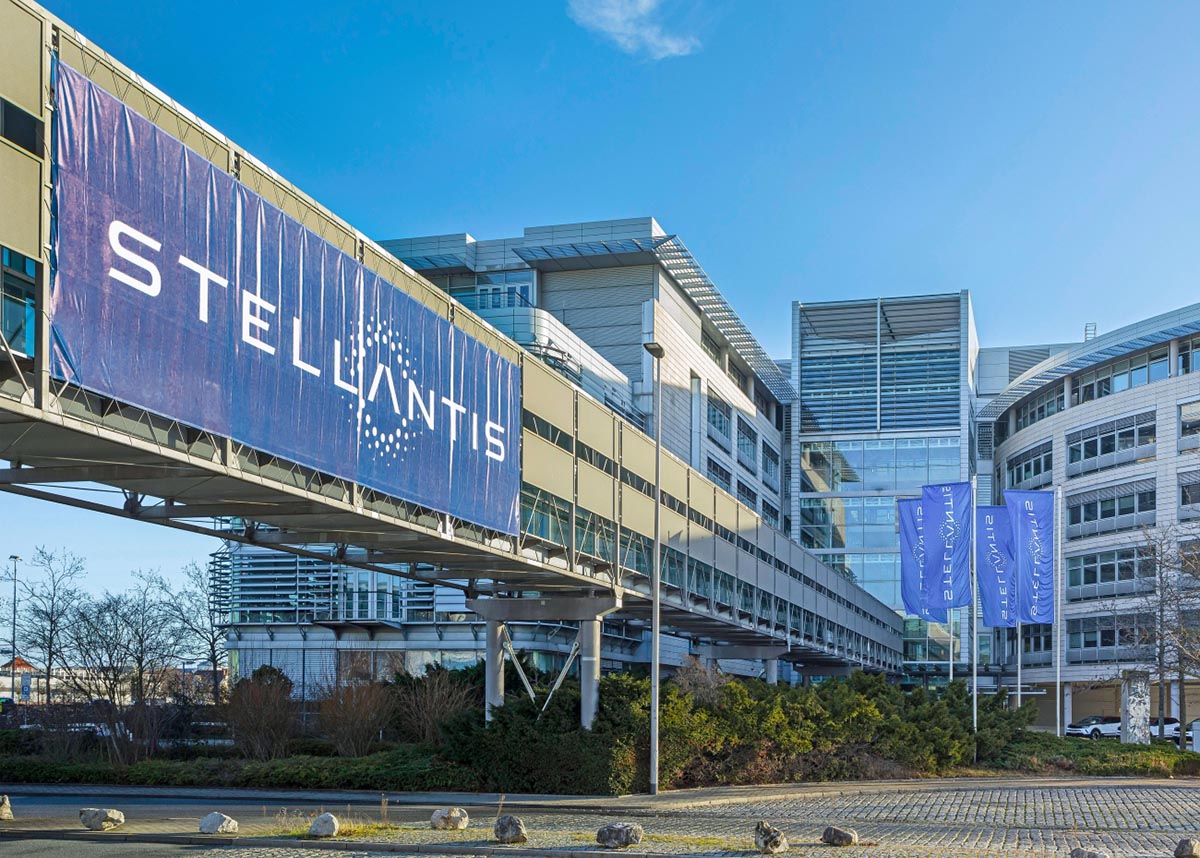Researchers at the Georgia Institute of Technology in Atlanta have identified ferric chloride (FeCl3) as a promising new cathode material for solid-state batteries, potentially leading to significant reductions in both costs and reliance on critical raw materials. Initial tests indicate that FeCl3 performs comparably or even better than established cathode materials while costing only one to two percent of their price.
The chemistry behind the FeCl3 cathode utilizes abundant materials—iron (Fe) and chlorine (Cl)—while eliminating the need for nickel and cobalt, which are often costly and subject to supply chain vulnerabilities. The team’s findings suggest that FeCl3 not only matches the performance of more expensive cathodes but also offers a higher operational voltage than the LFP batteries currently dominating the market.
“This could not only make EVs much cheaper than internal combustion cars, but it provides a new and promising form of large-scale energy storage, enhancing the resilience of the electrical grid,” said Chen, the lead researcher and associate professor. “In addition, our cathode would greatly improve the sustainability and supply chain stability of the EV market.”
The research team estimates that this innovative technology could achieve commercial viability in electric vehicles within the next five years. To facilitate this, Chen stated, “We want to make the materials as perfect as possible in the lab and understand the underlying functioning mechanisms.” He added, “But we are open to opportunities to scale up the technology and push it toward commercial applications.”
The implications of this research extend beyond electric vehicles, potentially benefiting large-scale energy storage systems as well. The findings have been published in the paper titled “Low-cost iron trichloride cathode for all-solid-state lithium-ion batteries” in the journal Nature Sustainability.













